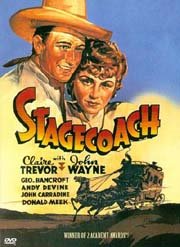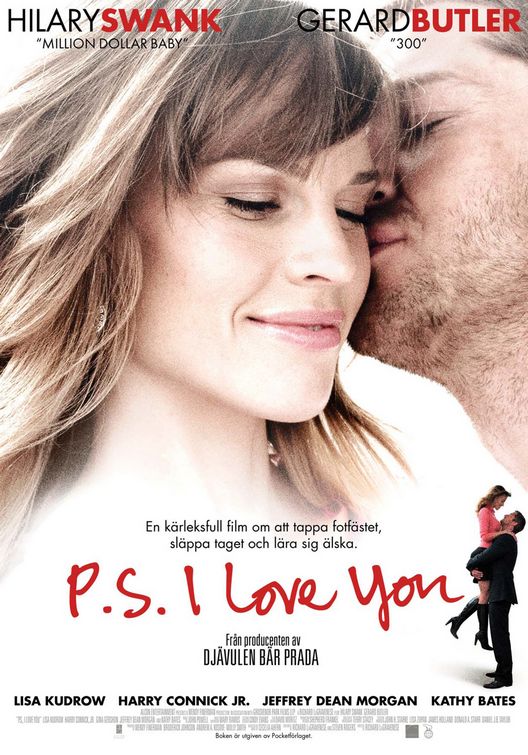Case Study: The Western
A genre which has long attracted an audience is the western. This is mainly because of its 'mythical' context and the isolated setting which is usually removed from rules and laws of modern society. In a typical western film you would see a fight between good and evil and a heroic cowboy being victorious, which would then result in the audiences faith in humanity being restored. However the western has experienced changes, adaptations and revivals in the cinema.
Throughout the 1920's and 1930's numerous westerns were made, following the same formulaic way. It was then considered one of the main genres of that time. Alan Lovell (as cited in The Cinema book) identified that there was four elements that make up this genre.
These were:
- A structure from the 19th century melodramatic literature which features a hero and villain, who menaces a heroine.
- An action story which involves violence, chases and crimes appropriate to a place like the American West in 19th century.
- An introduction of the history of the migration of westwards.
- The revenge structure, which was present in the film 'Billy The Kid' in 1930.
 |
| Stagecoach 1939 |
These four elements were the ideas from which Westerns were developed and where other westerns have emerged from.
In 1939 'Stagecoach' was released, this film was seen as the first modern western. This was mainly due to our sympathies for an outlaw and a prostitute who he befriends. After this more films directed by John Ford were released and followed similar themes and characters.Popular examples include ‘Mr Darling Clementine’ and ‘The Searchers’ in which John Wayne plays an outsider obsessed with revenge against the Indians who had abducted their niece.
This period saw the introduction of more 'stylised' westerns like 'Johnny Guitar' and 'High Noon'. This period was seen as the 'classical' period of westerns, even after a peak it soon spiraled downwards in late 1950's. However in the 1960's the 'spaghetti westerns' emerged, a name due to the Italian producers such as Sergio Leone and Sergio Corbucci. In these films the villains were usually Italian bandits, the hero less romantic and more of a violent loner. These films were more graphic in content, in keeping with social change and relaxing of censorship. In 1969, Sam Peckinpah directed 'The Wild Bunch' which was from the view of the outlaws rather than the typical law abiding settlers. The film is clearly influenced by the Vietnam War, this is why there is more violence and instability throughout the film.
During 1970's, 1980's and early 1990's saw a decline in the popularity of westerns this was because the genre didn't appeal to contemporary audiences especially as horrors and science fiction had corned the youth market. However towards the end there were changes to make 'new' westerns, in 1988 Young Guns was released it included key conventions of western, younger actors which were popular at the time and a modern soundtrack.
In 1990 Dances With Wolves was a film made to be politically correct casting Native Americans in more of a positive light.
Very quickly characters such as the white male hero once central to any western were being replaced with 'black westerns' like Posse and 'feminist westerns' such as Bad Girls. From the western genre we can see how a genre has to evolve to keep audiences interested this may result in several adaptations or bringing in new actors.
.
A quick clip of Stagecoach






